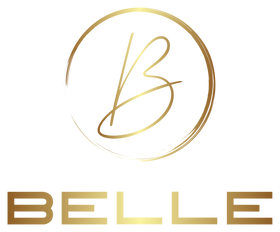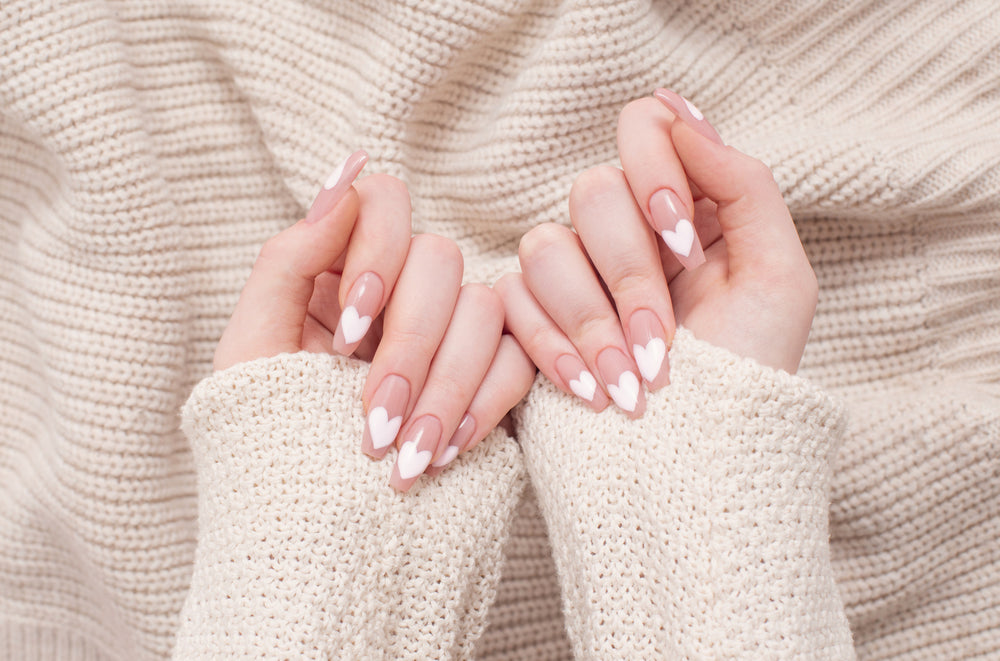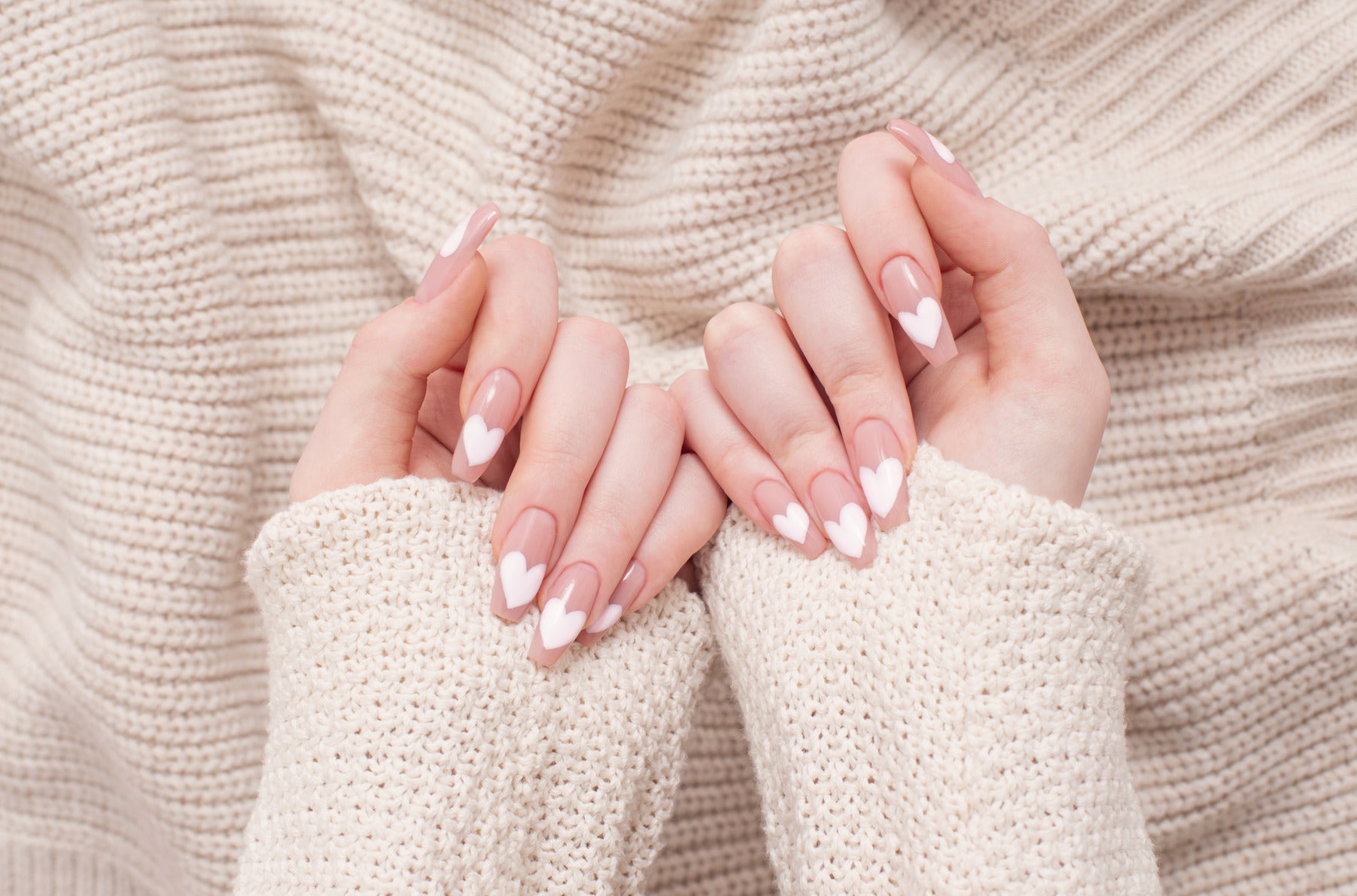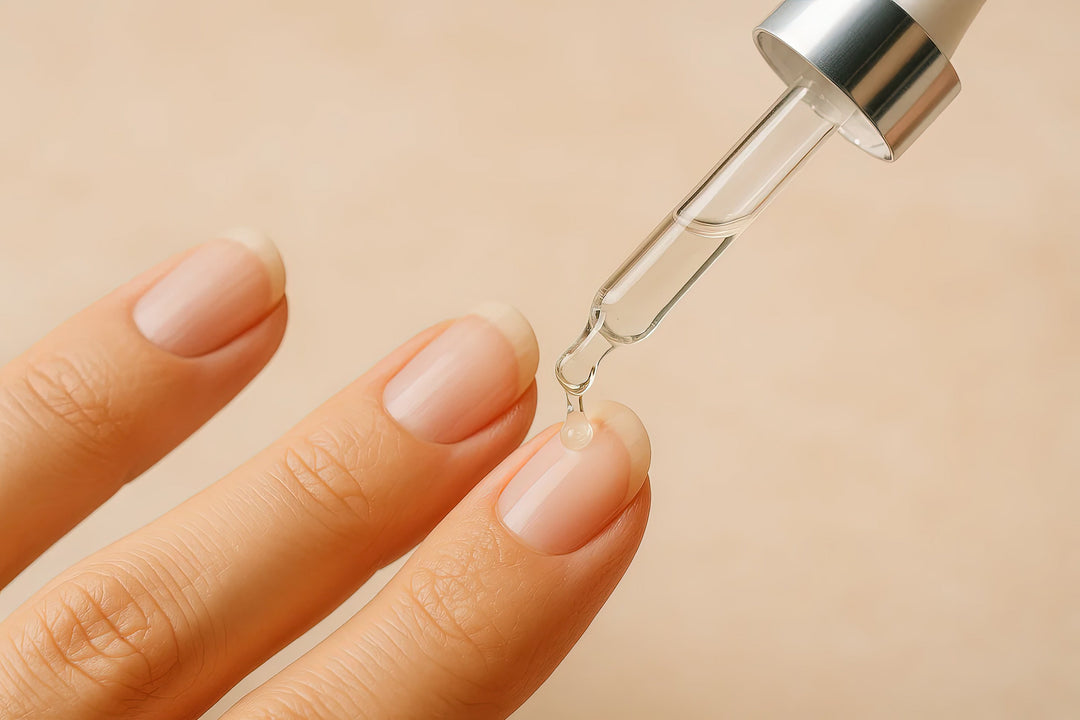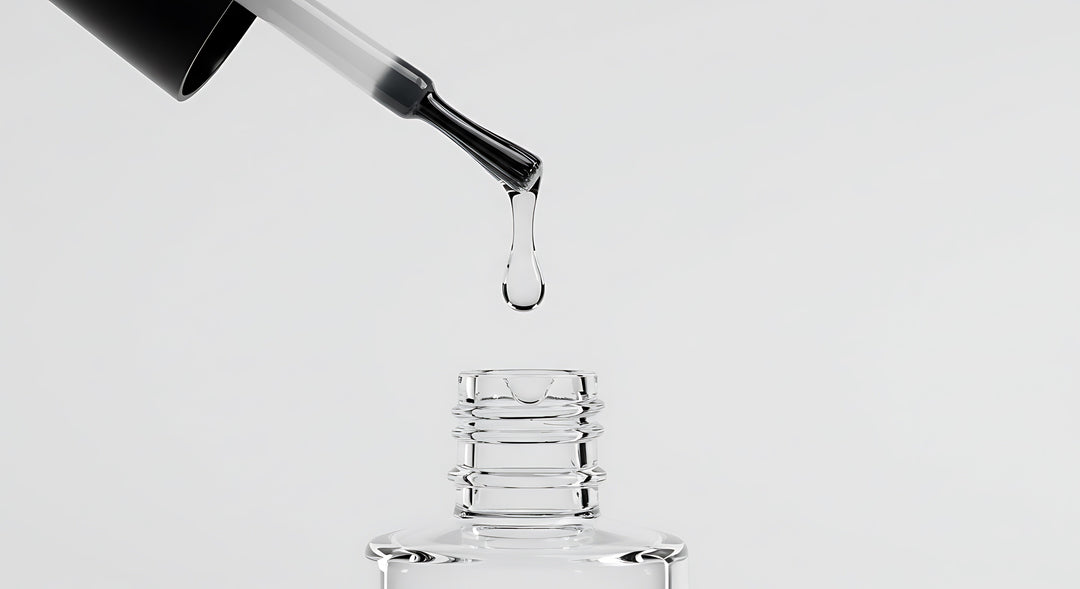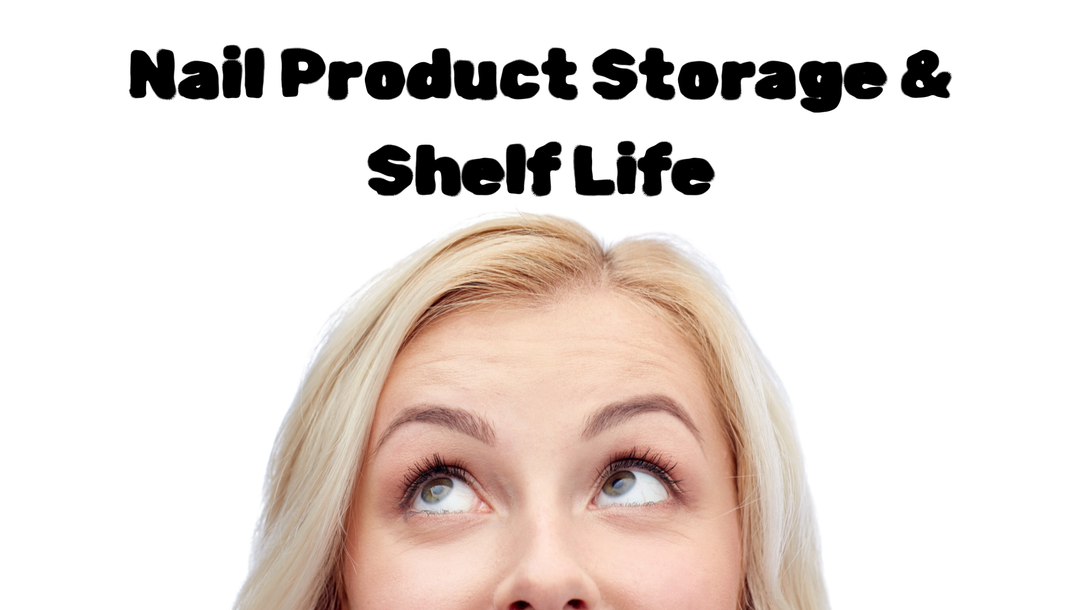Top Coats, Decoded: No-Wipe vs Wipe, Rubber, Super-Gloss & Matte — When to Use Which
Key takeaways
-
No-wipe = fastest, shiny, great for chrome/rub-in powders; needs perfect cure.
-
Wipe (tacky layer) = most forgiving for art and pigment-heavy colours; cleanse after.
-
Rubber = flexible “shock absorber” over natural nails/BIAB overlays.
-
Super-gloss = ultra-reflective, stain-resistant shine for darks and reds.
-
Matte = velvety, on-trend finish; requires thin, even coats to avoid patchiness.
-
Correct coat thickness + full cure beats any product spec. Thin, even layers win.
What does a top coat actually do?
Top coats protect colour, add the desired finish (gloss or matte), and lock in structure. The right one improves scratch resistance, stain resistance, and chip control without making the manicure feel thick or rigid. Your choice depends on nail type, lifestyle, colour family, and design technique.
Quick comparison chart
| Type | Finish | Flexibility | Cleanse needed? | Best for | Watch-outs |
|---|---|---|---|---|---|
| No-wipe | High gloss | Medium | No | Chrome/rub-ins, quick services | Needs perfect cure; can feel harder/rigid on very flexible nails |
| Wipe (tacky) | Gloss | Medium–High | Yes (cleanser) | Pigment-heavy colours, nail art | Extra step; cleanser technique matters |
| Rubber | Gloss | High | Usually no* | Natural nails, BIAB overlays, short/active clients | Can look thick if over-applied; cap carefully |
| Super-gloss | Mirror gloss | Medium | Usually no | Dark reds/blacks; stain-prone settings | Too thick → under-cure/soft surface |
| Matte | Velvet matte | Medium | Usually no | Art finishes, soft touch looks | Patchiness if uneven; shows oil marks if not cleaned |
*Some rubber tops have a light inhibition layer — check the bottle.
When to choose which top coat
1) No-wipe: speed & chrome perfection
Choose no-wipe when time and shine matter, or when you’re applying chrome/rub-in powders (the slick surface grabs pigment evenly). It’s salon-fast, ideal for maintenance clients and seasonal nail art.
Tips
-
Apply thin. Over-application can leave a soft or dull surface.
-
For chrome: cure to the exact time recommended; over- or under-curing affects pickup.
-
Cap the free edge to prevent premature tip wear.
Common fixes
-
Dull after wiping oils: Re-clean with cleanser after cool-down; avoid touching the surface before it fully sets.
-
Chrome rubbing off: Increase cure by a few seconds or switch to a chrome-friendly no-wipe.
2) Wipe (tacky layer): forgiving for art & saturated colours
A traditional top with an inhibition layer is superb for heavy pigments (blacks, navies, reds) and intricate nail art. The tacky layer reduces micro-wrinkling risks and lets you float the top if needed.
Tips
-
After curing, cleanse with a lint-free wipe — use a gentle, single pass per section to avoid micro-scratches.
-
Keep pressure light; you’re removing the inhibition layer, not buffing the gloss.
Common fixes
-
Squeaky/drag lines after cleanse: Use fresh, properly saturated lint-free wipes; swap to a softer motion.
-
Surface feels soft: Increase cure or reduce coat thickness.
3) Rubber: flexible protection for natural nails & BIAB overlays
Rubber top adds a touch of elasticity — perfect for overlays on short, flexible natural nails, gym-goers, or anyone who’s hard on their hands. It helps disperse impact rather than chipping at corners.
Tips
-
Keep it thin-to-medium; rubber can self-level but gets bulky fast.
-
Great over BIAB or builder-gel overlays where a little give improves longevity.
-
Ideal for clients who type all day or manage kids/pets.
Common fixes
-
Bulky look: Use less product; float minimally and let self-level for a few seconds before curing.
-
Edge wear: Be extra careful to cap the free edge — rubber’s flexibility won’t save an uncapped tip.
4) Super-gloss: the glassy, stain-resistant finish
When you want mirror-like reflection (especially over dark or highly saturated colours), a super-gloss top is the one. Many formulas resist staining from hair dye, turmeric, or makeup.
Tips
-
Apply thin and cure fully; a glassy formula needs proper light through the film.
-
If you do a lot of dark sets, keep one “dark-only” super-gloss to avoid colour transfer.
Common fixes
-
Micro-scratches appear quickly: Ensure nails are cool before cleansing or oiling; reassess lamp position and hand placement.
-
Yellowing over time: Evaluate daily exposure (self-tan, tinting). Opt for a non-yellowing, UV-shielded top.
5) Matte: velvety and photogenic
Matte tops are stunning on minimal sets and nail art. They diffuse light, hiding minor texture but will show any uneven application as “shiny patches.”
Tips
-
Apply a single, even, thin coat; avoid over-working the surface.
-
Let nails cool a few seconds before any cleanse or oil to preserve the velvet look.
-
Matte + minimal line art = high-contrast finish that photographs beautifully.
Common fixes
-
Patchy shine: Your coat was uneven or under-cured; apply thinner and ensure fingers aren’t tilted in the lamp.
-
Oily sheen: After service, avoid heavy oil directly on matte; recommend customers apply oil around, not on top.
Application & curing: where most problems start
Thickness & leveling
Top coats are formulated to be used thin. Thick application traps light and solvents, leading to soft surfaces or dullness. Float just enough to self-level, then stop.
Lamp, timing & hand position
-
Use a quality UV/LED lamp compatible with your system.
-
Dark shades need the full recommended cure — no skipping seconds.
-
Cure thumbs separately so the plate lies flat and faces the diodes.
Cool-down & finishing
Let nails cool 10–20 seconds post-cure. If cleansing (wipe top), use fresh lint-free wipes and light pressure. Oil after cleanse only.
Troubleshooting (symptom → cause → fix)
-
Dull or soft surface → Too thick or under-cured → Apply thinner; verify lamp output and hand position; cure full time.
-
Scratches show fast → Cleansed while warm or oily residue on pad → Allow cool-down; switch to fresh lint-free wipes.
-
Chips at corners → No free-edge capping / nail too flexible → Cap carefully; try rubber top on flexible nails.
-
Wrinkling over dark colours → Film too thick / under-cure → Thinner application; consider wipe top for heavy pigments.
-
Chrome won’t stick → Over/under-cured no-wipe → Adjust cure by small increments; choose a chrome-friendly no-wipe.
Which top coat for which client?
-
Short, flexible natural nails / active lifestyle: Rubber top (flex), or wipe top if using deep colours.
-
Long overlays / structured extensions: No-wipe or super-gloss for rigidity and shine (ensure full cure).
-
Dark reds/blacks, colour-transfer risk: Super-gloss with stain resistance; wipe top if you prefer more forgiveness.
-
Art-forward sets, textures, chrome: Matte for velvet finishes; no-wipe for chrome; wipe top for layered art.
Care tips to share with clients
-
Avoid harsh cleaners and high heat for the first 12–24 hours.
-
Use cuticle oil daily — around the nails, not on matte surfaces.
-
Don’t pick or file the free edge; book a professional removal/refresh.
FAQs
Is a no-wipe top always better than a wipe top?
No — no-wipe is faster and perfect for chrome, but wipe tops are more forgiving over pigment-heavy colours and complex art.
Can I use rubber top on every set?
You can, but rubber is designed for flexibility. On very rigid extensions, a standard or super-gloss top may wear better.
Why is my matte top turning shiny?
Likely uneven application, contact with oils while warm, or under-cure. Apply a thin, even coat and allow a brief cool-down before finishing.
Do super-gloss tops yellow?
High-quality formulas resist yellowing, but exposure to self-tan, dyes, or heat can still cause tinting. Recommend gloves for hair dye and rinse residues promptly.
My top coat scratches easily — lamp or product?
Either. Check lamp compatibility and placement first, then reduce coat thickness and ensure a full, even cure.
